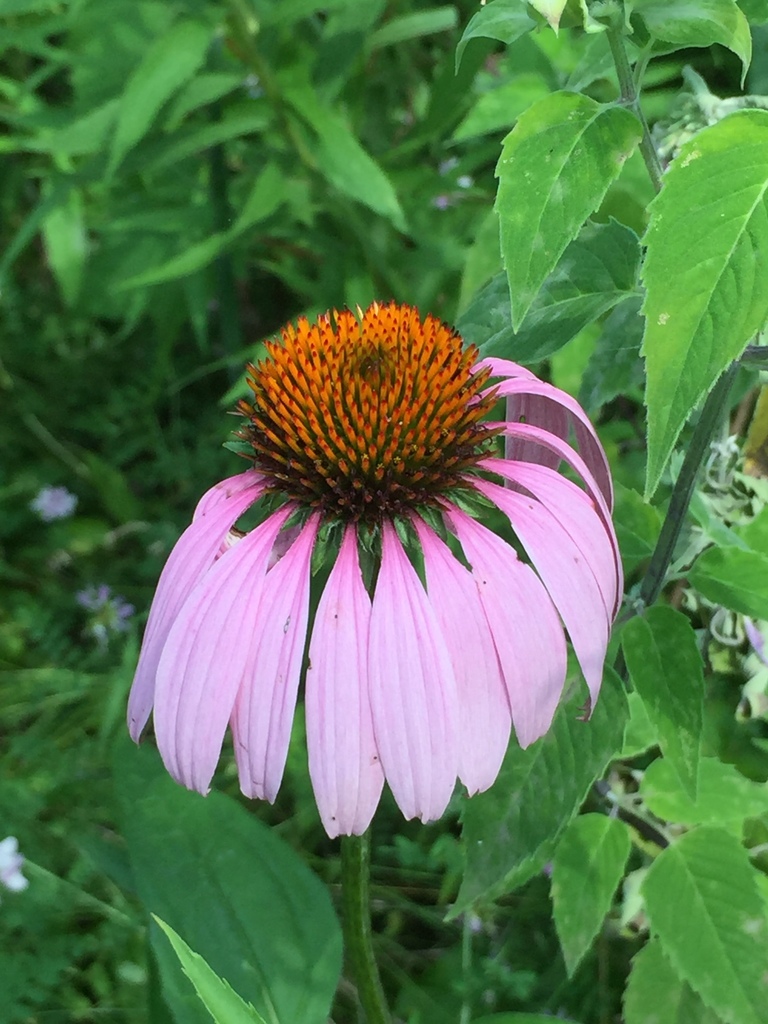Part of a series on invasive species by guest blogger Ed Pope
Garlic mustard is an herb that is native to Europe and portions of Asia. It has a garlic smell and has been used by humans as a spice since somewhere around 4000 B.C. It was most likely brought to this continent by Europeans for this purpose. The first documented record of it in the United States was on Long Island in 1868. Since then it has spread into the northeastern and Midwestern portions of the United States, as well as the southeastern part of Canada.
Garlic mustard is a biennial. In its first year of life, it sprouts from seed and establishes itself, but does not grow very tall. In the following year it typically grows one to three feet tall. It flowers in the spring, with an average plant producing around 600 seeds. These seeds are able to sprout much later, even after five years. This makes its eradication challenging, since one can remove all the plants from an area, but there may be seeds that sprout in years to come.
This plant causes problems when it invades native forests, as it can quickly take over the understory. It releases chemicals into the soil that inhibit the growth of other plants. Many native grazers avoid eating it. Two rare native butterfly species, the mustard white and the West Virginia white, lay their eggs on wild mustard, a very similar plant. With the spread of garlic mustard, they now sometimes lay their eggs on garlic mustard. Unfortunately, garlic mustard is toxic to their caterpillars.
Eradication of small areas of garlic mustard can be done by pulling it out by hand. At least half of the taproot should be removed. This is best done when the soil is moist, and ideally in the spring before it develops seeds. When it is pulled, it is best to remove it from the area, or to place it such that the roots will dry out, killing the plant. Large areas of garlic mustard may need to be treated with herbicide.
Garlic mustard is not a problem in Europe because it has numerous natural enemies. Some of these have been studied for possible importation into the United States. There are two weevils which show great potential for controlling garlic mustard. The Department of Agriculture technical Advisory Group has blocked their importation out of fear of unintended consequences.
Garlic mustard is found at most CILTI preserves at some level. Meltzer Woods is where the stewardship team spends the most time pulling it. Luckily, the team has had the help of generous volunteers over the years, trying to knock it back. The team will be exploring the use of weed whackers in areas where it is especially dense. This method will have to be dialed in to make sure the plant is cut back far enough so it does not resprout. It is also important to avoid surrounding plants when cutting it back, so hand pulling, while the more labor intensive, is also the safest.
Want to help CILTI restore natural areas? Check out volunteer opportunities here. You can help us improve the health of forests and other natural habitats.

Ed Pope
Guest Blogger